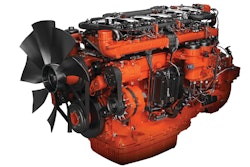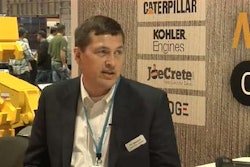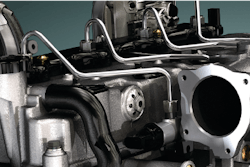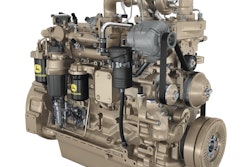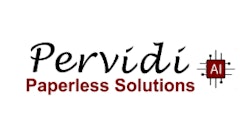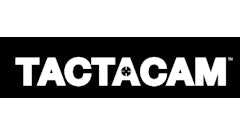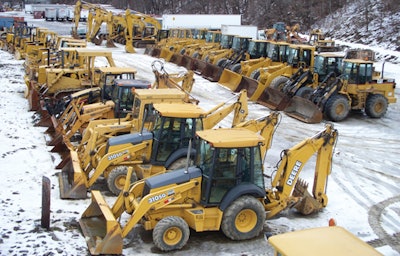
Keeping track of your equipment fleet just got much more complicated. When I was growing up, if I wanted a Coke, I ordered a Coke. Today there are eight versions of Coke, and the U.S. machinery industry is quickly moving in the same directions.
What does all this mean for your equipment rental company? As a rental company owner you need to:
1. Pay close attention to the equipment you are buying and selling. You must be alert to not only the type and brand of machine you purchase, but also what one of three or four engines it is equipped with.
2. Your sales people and desk clerks must know the emission regulations and advise your customers about where it’s legal to operate the equipment in your fleet. How the machines are equipped will dictate when and to whom you can rent equipment, the residual value of the machine and whether you will have to buy a de-tiering kit in order to sell it overseas.
3. You’ll also have to closely monitor the operating costs of the new machines and determine if the marketplace will allow you to increase your rental rates to recoup the higher cost of the machines. You will have to pay careful attention to the residual value of your fleet. How much will that machine be worth when you are ready to dispose of it or trade it in?
The U.S. Enviromental Protection Agency diesel engine emission regulations have been in effect for more than a year now. The Tier IV Interim regulation became effective Jan. 1, 2012 and the Tier 4 Final regulation will go into effect Jan. 1, 2014. The intent of the Tier 4 Interim regulations are to greatly limit, from diesel engine exhaust stacks, nitrous oxide emissions. The Tier 4 Final regulation further reduces nitrous oxides and goes one step further and limits particulate matter. To take all that stuff out of the diesel engine exhaust is quite an engineering feat.
Pretty soon when you go to an equipment auction you won’t be able to say you want to buy a loader-backhoe that will dig 14 feet. You’ll have to be very specific about what engine it is equipped with and whether it complies with the emission regulations for where your customer wants to use it. The availability of all the different versions of machines greatly complicates machine ownership.
How are people coping with the regulations? In a recent survey we conducted we found that almost all equipment users (owners and rental companies) accelerated their purchases of low-hour Tier 3-equipped machines. Many are planning to rebuild their machines equipped with Tier 3 engines. Machines equipped with new Tier 3 engines might also be available. There is a provision in the law which states manufacturers may continue to use Tier 3 engines in some new machines if they have earned EPA credits that allow them to slowly phase out their Tier 3 engines.
We found that some equipment users in our survey accelerated their purchases of Tier 4 Interim machines to avoid the higher-priced Tier 4 Final units. We also found that equipment users in our survey are waiting for the Tier 4 Final machines to be introduced. They are essentially skipping over Tier 4 Interim.
The regulations also caused users to rent more and to avoid buying the new machines. Uncertainty about the economy was a factor in users renting more rather than buying. So, emission regulation and economic concerns have driven people toward rentals.
Rentals have also benefited because many projects with government funding require that the equipment used on the job site conform to all U.S. EPA emission regulations. The EPA has also designated certain geographic areas, especially around cities, as zones where emission compliant equipment must be used. A contractor may call your rental company looking to rent equipment that conforms to the emission rules where they are working.
In our survey we found that equipment owners (users and rental companies) are experiencing price increases of 10% to 25% for equipped with the Tier 4 Interim engines and expect similar increases for the Tier 4 Final equipped machines. The jury is still out about whether operating costs, including fuel, will be higher with the newly equipped machines.
Equipment manufacturers are also coping in response to the regulations and trying to make the residual value of their machines more predictable. For example, JCB has Tier 4 Interim engines that do not need after treatment. JCB has also said it will assist owners of their equipment to remove the emission devices if they sell their used machines to overseas buyers who do not have low sulphur diesel fuel available. Volvo has also just introduced a “kit” so that owners can sell their used machines overseas and still protect the Volvo engine against high sulphur levels while still meeting Volvo internal design standards. Volvo also announced a program that guarantees machine fuel economy.
Equipment has become much more complicated. It’s a new era in the machinery business.





